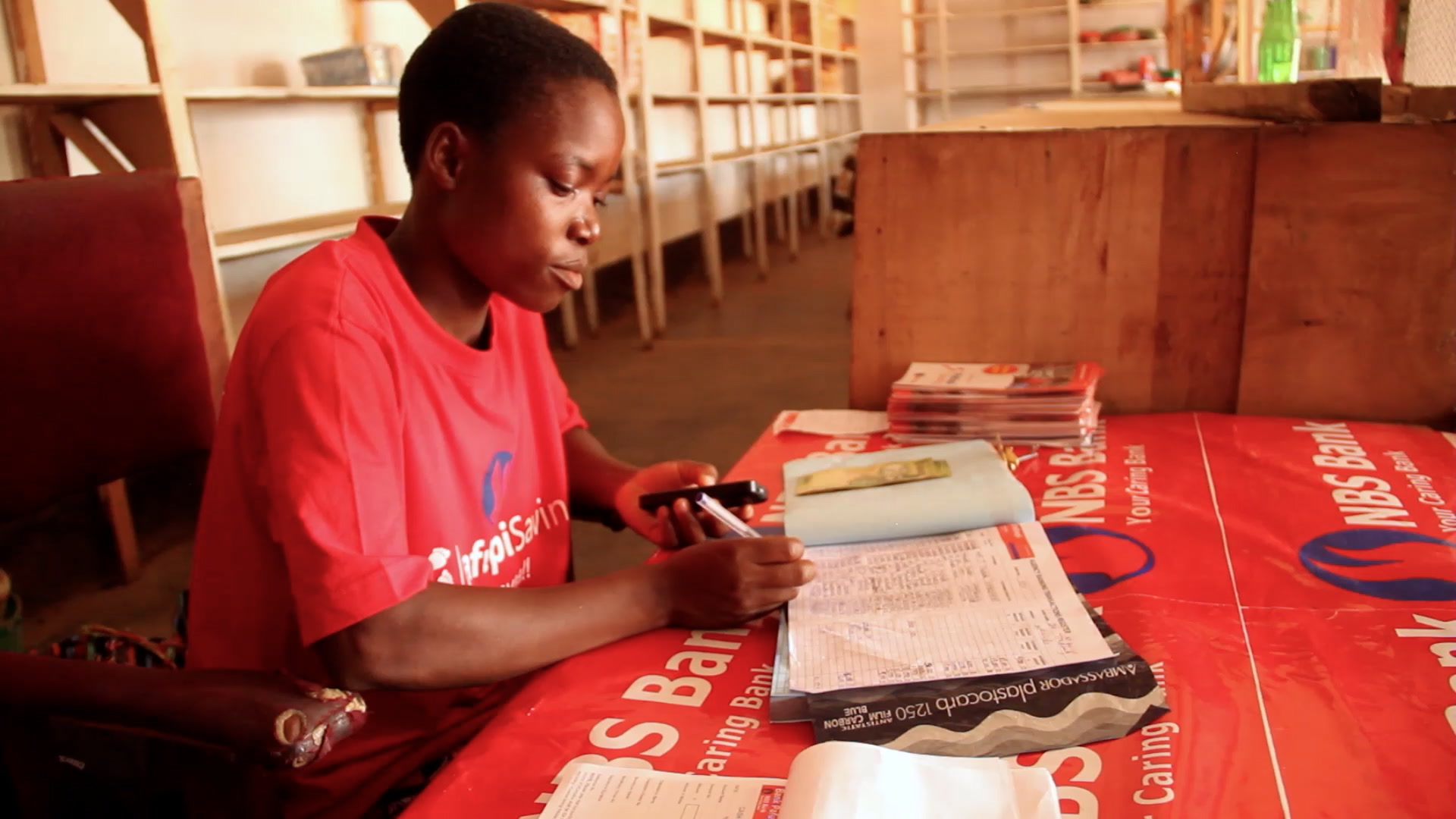Investors, this time is different in Latin America


Get involved with our crowdsourced digital platform to deliver impact at scale
Stay up to date:
Banking and Capital Markets
Throughout its history, Latin America has had all sorts of economic malaises. These were related to boom and bust cycles, a lack of strong institutions, corruption, among other problems. Today, the good news is that several countries in the region have learned the hard way about the benefits of economic stability. Now investors differentiate between countries within Latin America, with Chile, Colombia, and Peru standing out among the rest. It seems that this time round is different for this group of countries. Investment is the key component.
Let’s look at some numbers. In terms of rates of investment, the general picture looks relatively good in Latin America: a continuous upward trend over time. The average investment rate across the region was 16.5% of GDP in 2003, while in 2011 it had risen to over 20%, and probably a little bit higher in 2012. However, Latin American countries are extremely diverse. As well as the success stories of Chile, Colombia and Peru – who have investment rates of close to 24% – we have countries such as Bolivia, Brazil, Paraguay, Uruguay and Venezuela, with recent investment rates of less than 20%.
The higher investment rates in countries such as Chile, Columbia and Peru have clearly played a role in their strong economic growth. But this is not enough to meet upcoming challenges in the region, such as natural resources development, infrastructure upgrades, and the demands of the emerging middle class. There is an urgent need for a distinct change in investments. And both the private and public sectors are up to the challenge.
Just for the sake of contrast, it is worth considering the case of China, which has investment rates reaching 45% of GDP. The comparison is perhaps slightly unfair, given that there are several key differences. Nonetheless, China can no longer increase its potential for growth through higher investments and productivity. Their challenge is to improve the track record of economic, social and political stability.
Although some indicators are optimistic about Latin America, they are not enough. Measures of country risk do not work quite as well for emerging market economies. Currently, some Latin American countries enjoy absolute and relative lower country risk. Some international investors are still timid, not only because they do not know the region well, but also because forward-looking risks are not measured in regular indicators. It’s similar to getting a credit card when you don’t have a credit history (and, even worse, when you behaved pretty badly in the past).
Today, Latin America has the opportunity to attract investment and show stronger track records. This will require a national commitment to think in the long term, avoiding the short-termism of political cycles. If I could send just one message to investors, I would tell them: we live in the best place, in the best time. Take advantage of that, because this time is different.
Author: Eric Parrado is Professor at University Adolfo Ibañez, and a member of the World Economic Forum’s Global Agenda Council on Long-Term Investing and a Young Global Leader 2011
Image: A construction worker is seen at a construction site in Valparaiso City REUTERS/Eliseo Fernandez
Don't miss any update on this topic
Create a free account and access your personalized content collection with our latest publications and analyses.
License and Republishing
World Economic Forum articles may be republished in accordance with the Creative Commons Attribution-NonCommercial-NoDerivatives 4.0 International Public License, and in accordance with our Terms of Use.
The views expressed in this article are those of the author alone and not the World Economic Forum.
Related topics:
The Agenda Weekly
A weekly update of the most important issues driving the global agenda
You can unsubscribe at any time using the link in our emails. For more details, review our privacy policy.
More on Banking and Capital MarketsSee all
Efrem Garlando
April 16, 2024
John Hope Bryant
April 11, 2024
Alexandre Raffoul and Kai Keller
April 10, 2024
Alex Edmans
April 4, 2024
Victoria Masterson
March 28, 2024






